Hello friends,
My apologies for the long absence. In the last few days I have read 3 different Substack authors also apologizing for their summer absence and sharing their discovery that not writing is an important part of writing. Downtime to let the pot stew. A few other writers have announced that they would be writing less often because they need a break or they are working on a book. In my case, I just finished the absolute last finishing touches on my book and I also needed a break.
I am so grateful to all of you who have stayed with me, although I have lost several paid subscribers. To thank you I am offering a year membership special of $36 year, just $3/month. I’ve been writing Drip for two years and I still have only 90 paid subscribers. I’d love to get 10 more and make it 100! The special is available through August 17.
Paid subscribers get discounts on all online retreats and don’t forget you have access to over 80 posts in the archives.
How to Unlearn Meditation
In most all Buddhist and yoga traditions, honoring your teachers is an essential part of the practice. When I think back on the various teachers in my life, I am filled with gratitude but also a kind of wonder. How they shaped my life, set my sail and shoved me off into the big world to become my own person.
Each teacher plays a different role in your life. Sometimes what you learn from a teacher may not be what they were trying to teach you and there is value in that, too.
Who taught you what you know? What taught you to live into that knowledge and transform it into your own wisdom? Who taught you how to pass it on?
When I entered the conservatory dance program at the University of California, Irvine, we were told that it takes 10 years to make a dancer: 5 to learn technique and 5 to unlearn technique.
How daunting! Anything that takes ten years seems impossible when you are 20 years old. I’d already been taking dance classes for years with Louise Simonson, a professional-dancer-turned-teacher in Seattle. (She was also the mother of Lynn Simonson—for those of you New York dancers who know.)
I loved those classes and I loved performing but I quit when I was a tweenager. Louise wouldn’t let me take jazz classes because she thought it was unseemly for girls to bump and grind before they even had hips! My movement jones was temporarily satisfied by cheerleading but by the time I got to college, dance was calling to me once again. Indeed, it became my true calling.
I studied and danced all day every day with some of the greatest teachers and choreographers in the world, including Eugene Loring and Antony Tudor. At the time, I didn’t know Antony Tudor was also a Zen monk, but that might explain why he offered me a mysterious, kind of knowing smile when I told him I thought ballet class was boring. Perhaps he recognized my awareness of boredom as the first hint that I would become a meditator one day.
When Alwin Nikolais came to UCI to teach a week of classes he advised us: “Don’t go to NY. You have gorgeous studios, top teachers, everything you need right here.” That’s a lesson that I didn’t learn. Just a few months later I was at Nik’s three-week improv/choreography intensive in Greenwich Village.
One of my dance friends from UCI was also in NY that summer, on a scholarship at American Ballet Theater. He invited me to take ABT’s apprentice morning class with him and afterward we went out for lunch. He told me that he had always liked the way I danced because, he said, “It’s really clean.” I hadn’t heard that term used in dance before but I knew what he meant.
This feedback matched my goal, which was to dance the technique clearly and simply. I didn’t embellish movements or try to add extra drama. I wanted to be pure. My aspiration was to be able to find my place in the choreography by fulfilling the form and flow of each movement and gracefully threading the energetic throughline between them.
That lunch conversation was a significant breakthrough in my understanding of what it was to be a dancer. Although I had a lot more technique to master, I could feel that I was coming into my own as a dancer and a performer.
Twenty years later when yoga overtook dance to become my calling, my movements were still clean and straightforward. You could even say, honest.
Being in yoga class was and still is one of my greatest joys. Not unlike that merging of choreographer and dancer, moving and breathing together with other yogis creates a mind meld found only through the rhythm of our bodies. Our yoga was not about transcendence but about embodiment.
Then one day a favorite yoga teacher instructed the class to do our Sun Salutes as if God was watching. This felt like a scratch on a record, screeeeech! The dualistic notion that there is a god sitting on a cloud, or a theater seat or in a bleacher somewhere watching me and maybe even judging my “performance?” That was a big no for me.
Turning my yoga practice into a performance of any kind was antithetical. Like dance, yoga is a highly codified system of physical exercises that one aims to perform to the fullest. But in both systems there is a difference between performing and watching yourself perform. One is non-dualistic and one is dualistic.
In yoga we yoke our mind to our breath and this integration is what makes our asana practice come alive. Even if you do the same old Sun Salutation sequence day in and day out, it is always different. Paying attention to this is what yoga is about and what prevents it from being a dualistic experience.
Contrary to his intention, this teacher’s instruction only strengthened my goal of embodying awareness and riding change without interruption from my ego or any idea of pleasing anybody.
An admirable aspiration but how to do this? Because, truth be told, I do have an ego and I did want my asanas to be perfectly clean.
Rodney Yee, the teacher who taught me more than anybody about yoga alignment, was also the one who pointed the way to my “unlearning.”
In a random class in Columbus, Ohio, Rodney instructed us to do our Sun Salutations with as little effort as possible. As I flopped my way through the sequence, Rodney said, “You’re trying too hard.” So I tried harder not to try too hard. I collapsed my knees and liquified my spine. I slunk from pose to pose like a lava lamp.
Finally, Rodney turned the tables and said, “OK, now do your Sun Salutation with proper alignment but bring in some of that letting go.”
Another breakthrough! This is when I began to fulfill my calling as a yogi. It was never about doing the biggest backbends or twistiest arm balances. It was always about losing my ego without losing my attention.
The letting go was not about muscles or about abandoning alignment.
It was a letting go of my well-honed habit of making sure I colored inside the lines. The lines, the alignment principles, remained but the instead of focussing on the shape, the practice was about using those boundaries as a mirror, a reflective surface revealing my hopes and fears and responses. This kind of unlearning can only happen when you bring your whole self to the practice.
This process of “unlearning” yoga applies directly to meditation practice.
The technique of shamatha is always the same: placement, recognition replacement. Eventually the effort to get it right becomes an obstacle. In fact, it’s pretty common to just tire yourself out trying so hard and then you begin to really meditate.
You stop watching yourself from the outside in. You will no longer be performing meditation.
You will know the difference between thinking and knowing that a thought is happening and that knowing comes from awareness, not discursiveness.
After a while you will be able to bring your whole self to the cushion. You will begin to know yourself better because you are not hiding your so-called flaws, i.e., your jealous or angry or ashamed mind. You can be honest and that is freeing.
This is inscendence, the opposite of transcendence. Instead of floating out of your body and watching yourself from on high, inscendence is entering the depths of your being all the way to your core.
Now that you have “unlearned” how to be a perfect meditator, you can sit with all that you bring. And you have a stable foundation for being with all that the world brings to you.
Not because you are an unshakeable peace bomb but because you have sat still and honestly experienced the micro-climates of your turbulence, sleepiness, irritation, boredom, fear, and love. You have done this without freaking out or pushing it all away. You have learned that this weather will always change. So you can sit down on your cushion, organize your body and then relax.
How long does it take to become a meditator? Five minutes to learn to meditate and the rest of your life to live it.
If you liked this article, please scroll down to the bottom and “like” or comment. Substack tells me it helps more people see this post when that happens. Thanks!
If you found this article valuable, please feel free to share it with your friends!
Upcoming Practice Opportunities
Lifting the Gaze Retreat in Taos, New Mexico!
Only 2 months away! Only 5 rooms left!
Taos is a uniquely special place and so is the Mabel Dodge Luhan house where we hold this retreat.
If you have been thinking about doing this retreat, this is the time! We will not be retreating in this same location next year.
This retreat will be all about meditation practice. How does the practice of shamatha, mindfulness meditation, actually impact your life? What is the technique and how does it relate to my thoughts and actions off the cushion? A daily dharma talk, short discussion and practice will help us integrate meditation into the wholeness of our life.
Great for beginning meditators or anybody who wants a refresher.
September 29 - October 3
30 min/day
12:15-12:45pm ET
December 1 - December 5
15 min/day
12:15-12:30pm ET
Paid subscribers, and Moon and Stars sangha members: You can redeem your $40 discount pricing using the button at the bottom of each retreat’s registration page.
Also, you can purchase both retreats (September & December) for $80:



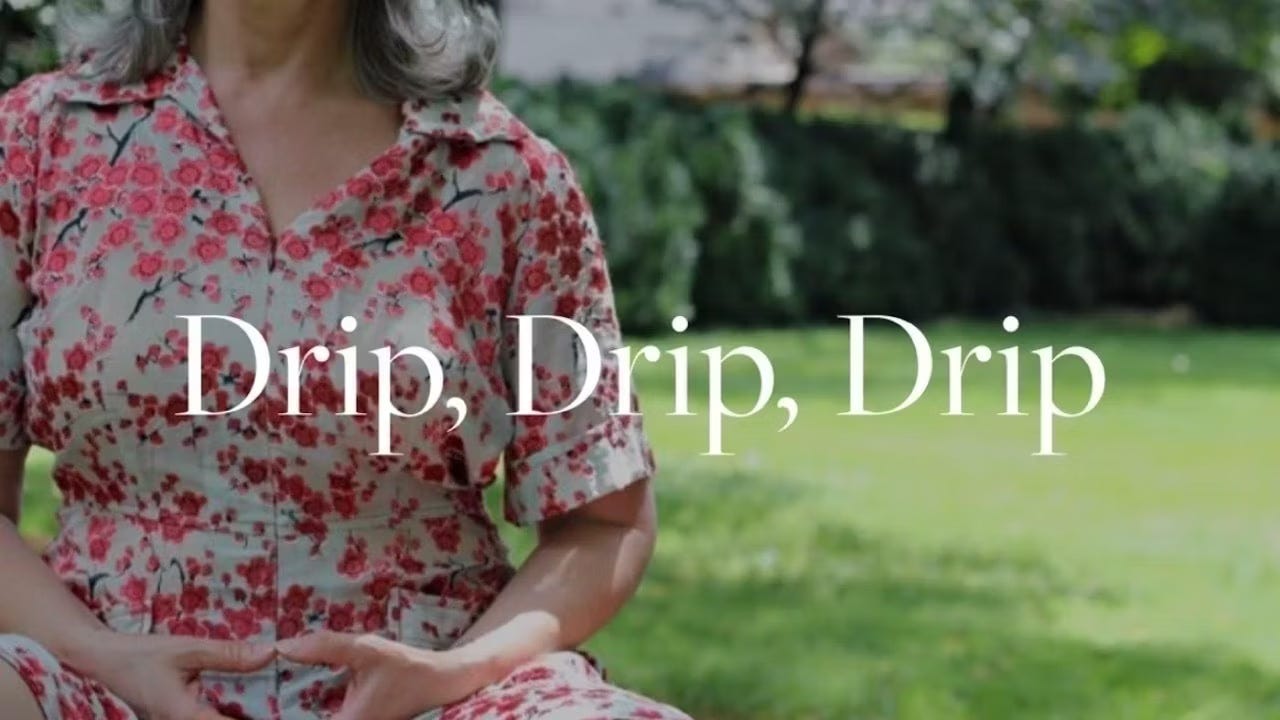
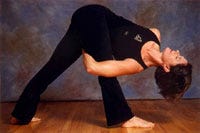
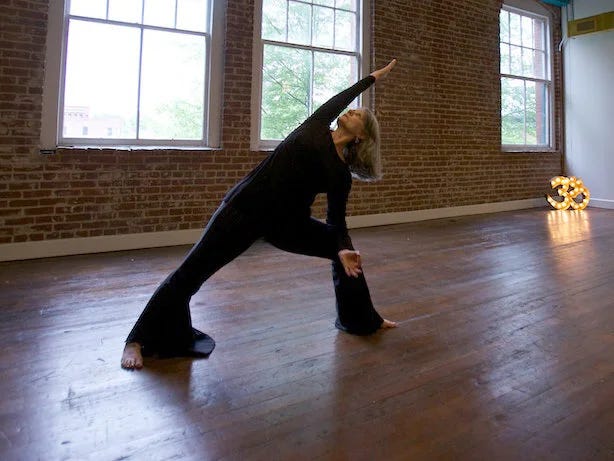
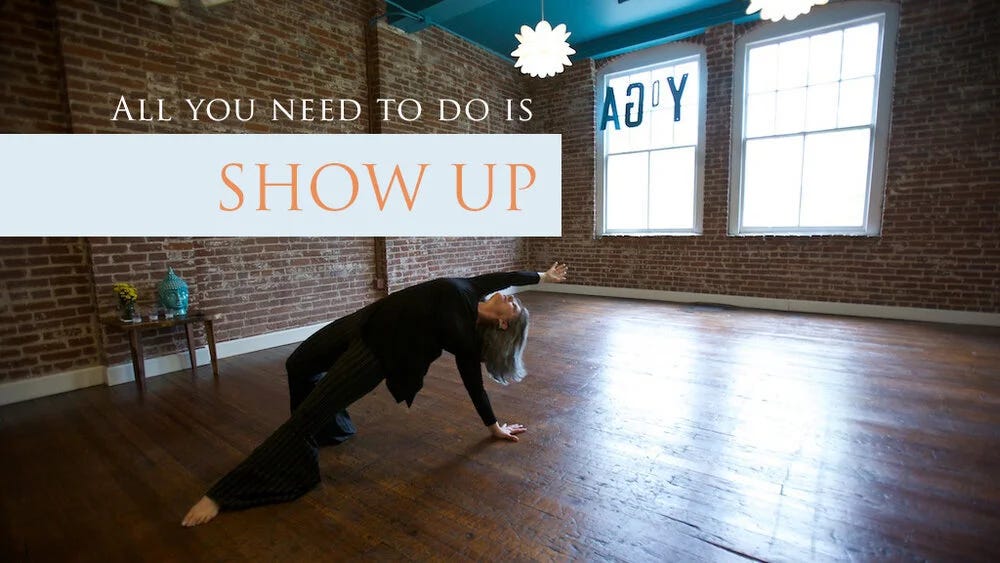
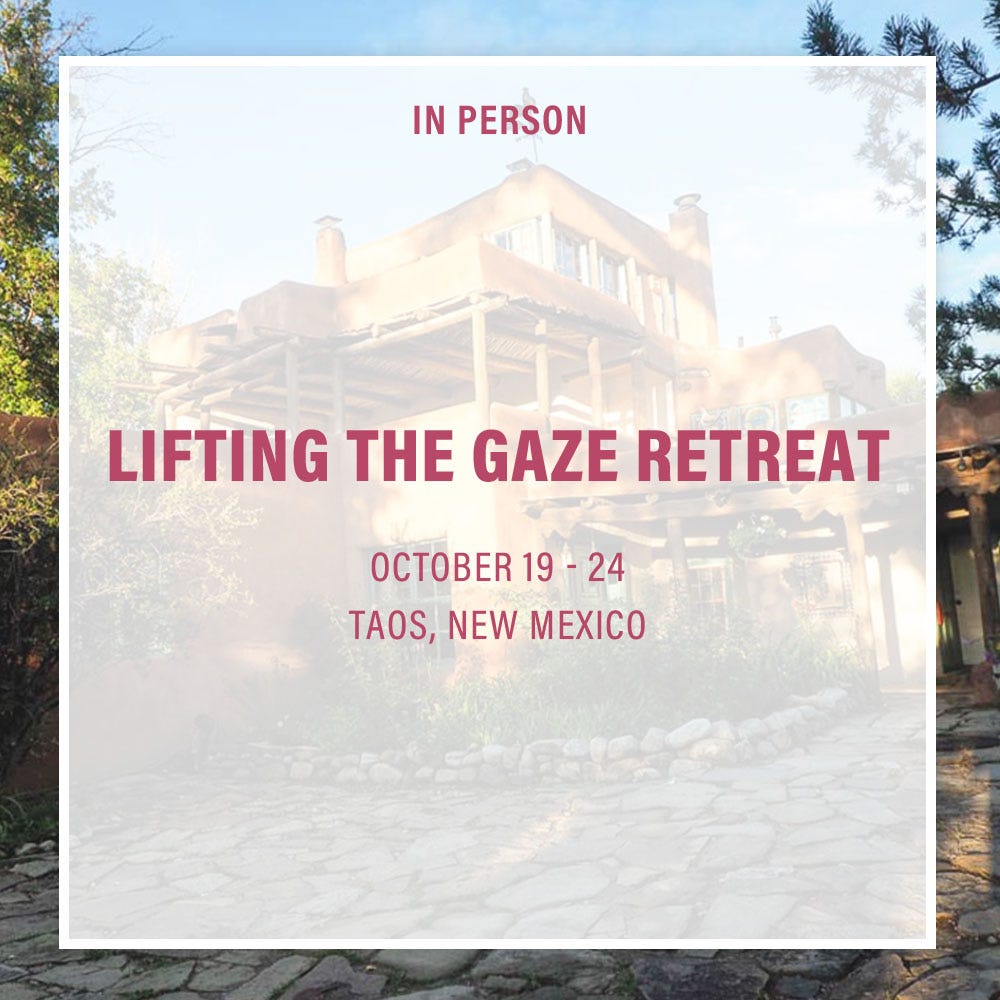
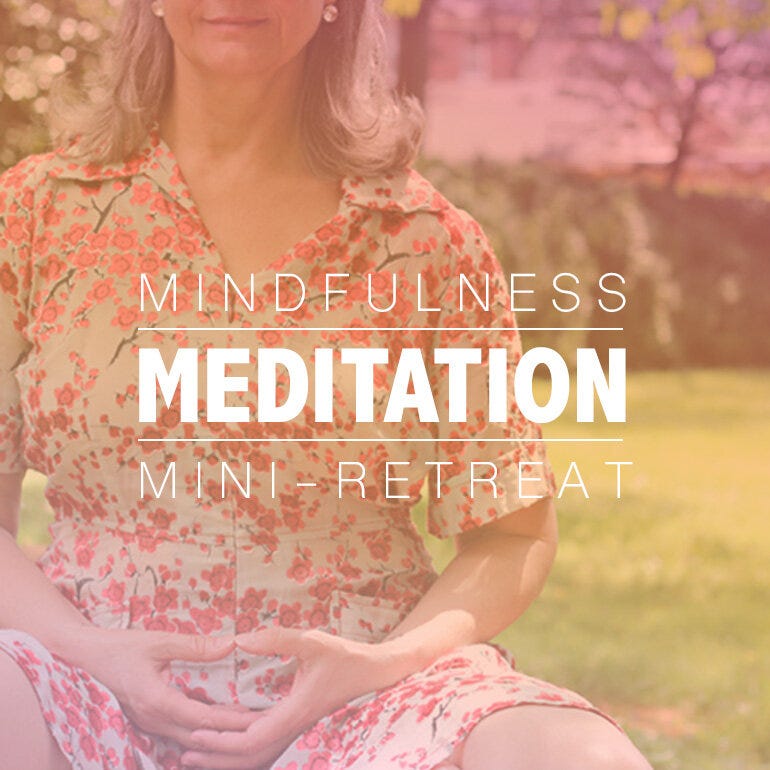
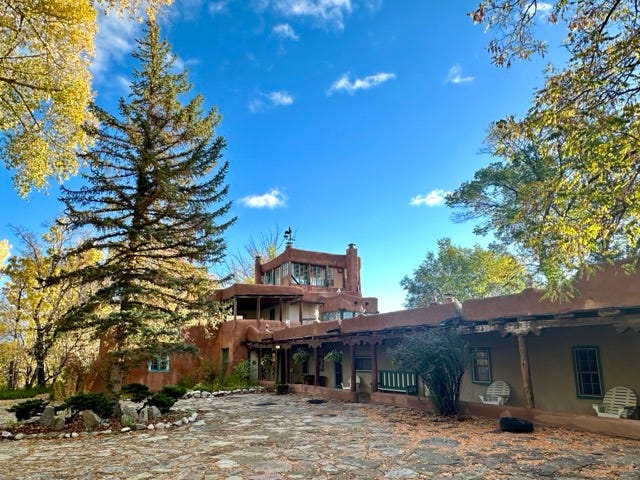
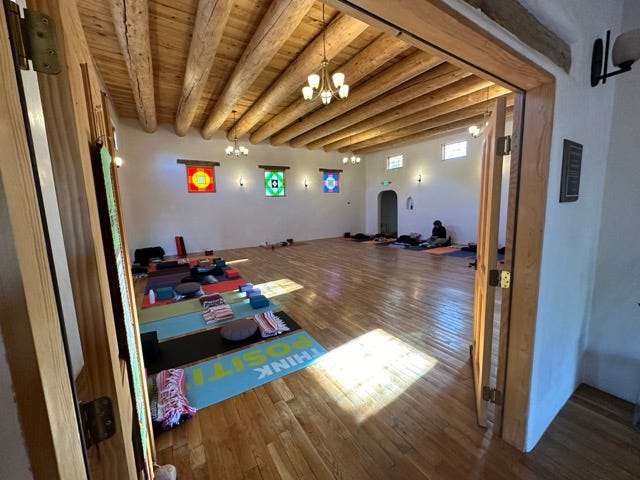
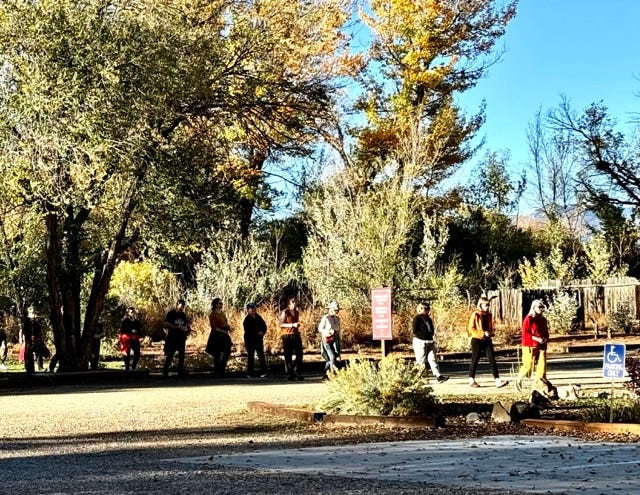
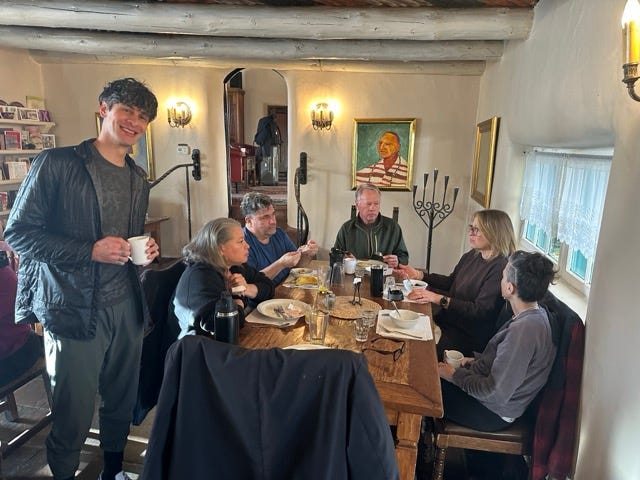
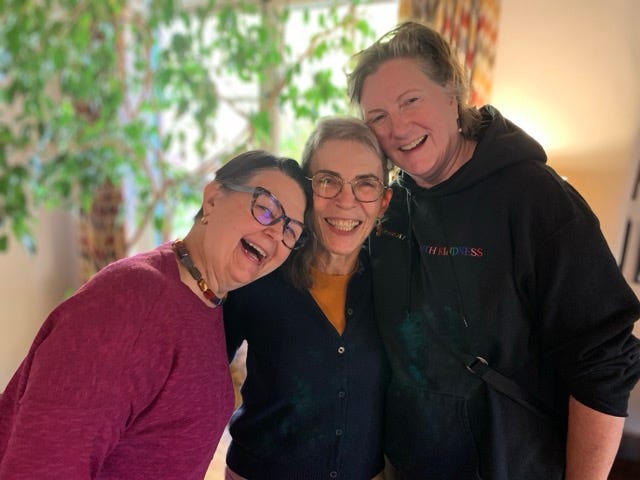
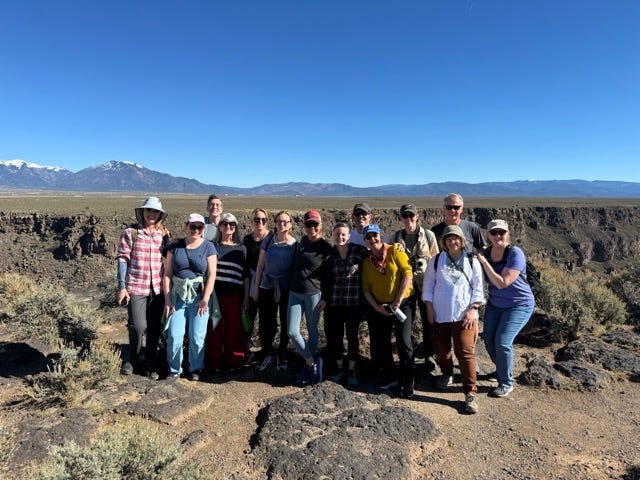
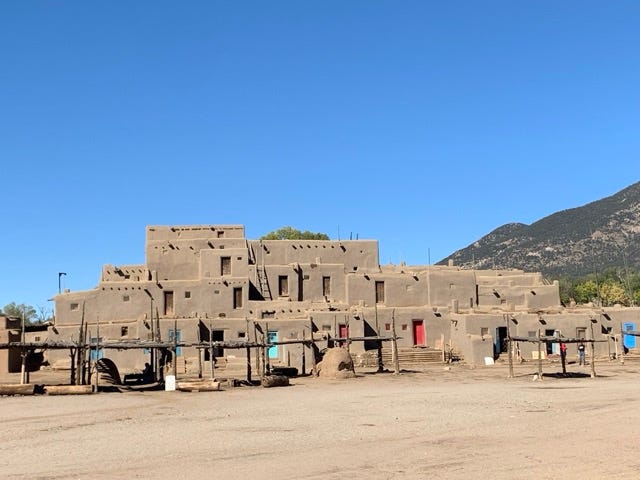
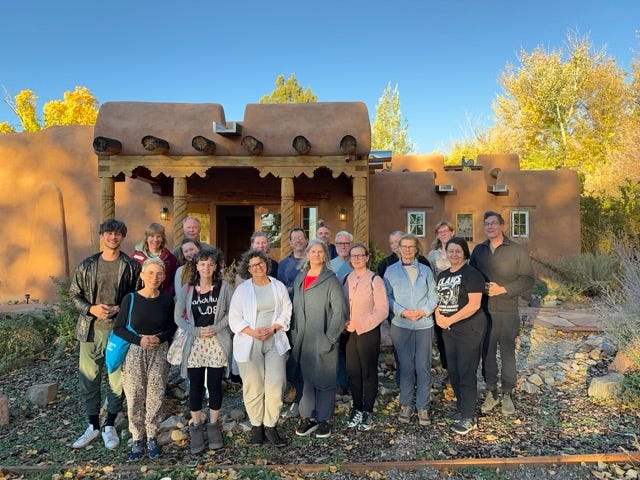
So beautifully articulated. Now, to let go of the struggle and internalize your insights 🙏🕉️
I love the concept of learning and unlearning. As you understand each layer, you uncover a new one. What you thought was true falls away to reveal a new truth, which falls away to reveal something new. Thanks for sharing this Cyndi!